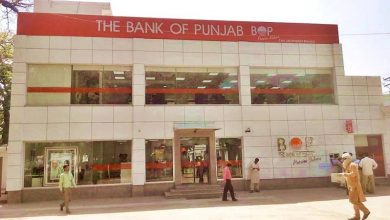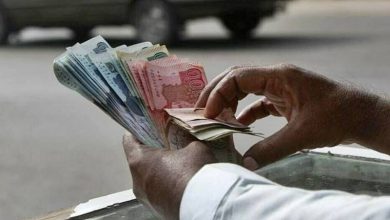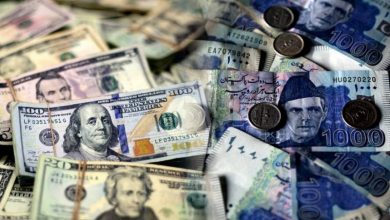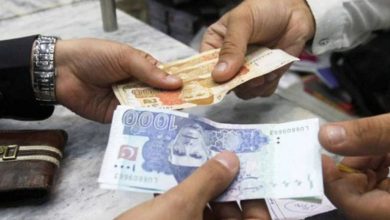SBP holds policy rate at record 22%
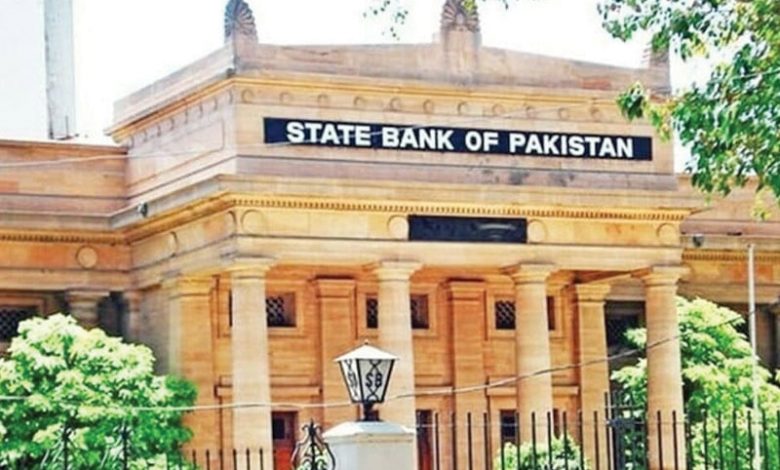
Pakistan’s central bank has opted to keep the benchmark policy rate unchanged for the fifth consecutive time over the past seven months, maintaining the record high at 22%. The State Bank of Pakistan (SBP) anticipates the average inflation reading surging to 23-25% in the current fiscal year of 2023-24.
Back in July 2023, the central bank had projected a more conservative inflation reading within the range of 20-22% for FY24. However, SBP Governor Jameel Ahmad, in a press conference detailing the monetary policy stance for the upcoming six weeks, attributed the anticipated spike in inflation to the government’s decision to increase gas and electricity prices. He clarified that excluding these energy-related hikes, the inflation reading remains in line with the July 2023 projection, with non-energy inflation showing signs of moderation.
Ahmad expressed expectations of a decline in inflation readings during January and February 2024 from the three-month high of 29.7% recorded in December 2023. However, he cautioned that despite this decline, inflation would remain elevated during Jan-Feb but is anticipated to notably decrease from March 2024 onward.
Over the previous 27 months, the rate had been cumulatively increased by 15% from September 2021 to June 2023. Financial and capital markets now anticipate the central bank’s first cut in the policy rate, expected in March 2024, immediately following the installation of the new political government post the February 8 general elections. The SBP governor pointed out that the real interest rate (policy rate minus inflation reading), estimated at 4% on a 12-month forward-looking basis, remains significantly positive at present.
Currency notes phase-out
In a bid to curb corruption, the SBP is set to introduce new currency notes across all denominations, featuring enhanced security features, new colour schemes, designs, and serial numbers. This initiative aims to phase out all existing notes currently in circulation.
Speaking to journalists before the press conference, the SBP governor revealed that the decision to replace all existing currency notes gradually was prompted by widespread complaints of counterfeit notes in circulation. To prevent a currency crisis, he assured that the replacement process would not occur overnight, distinguishing it from India’s swift demonetisation of large denomination currencies a few years ago.
As a first step, the central bank plans to organise a competition for new designs for the notes in February 2024. He explained that work on introducing new designs has already commenced, with the design phase expected to conclude by March 2024. He highlighted the drastic changes in security features implemented worldwide.
Read SBP all set to replace currency notes in circulation to curb corruption
Acknowledging the circulation of counterfeit notes, particularly of the Rs1,000 denomination, the central bank aims to hinder corruption by introducing new currency notes. However, this move may face stiff political pressure, especially considering proposals to discontinue the Rs5,000 note—a significant source of corruption and support for the informal economy.
New IMF programme
Ahmad highlighted significant improvements in Pakistan’s economic indicators, providing a favourable environment for negotiating a new loan programme with the International Monetary Fund (IMF). The upcoming political government is expected to secure a new programme as the current $3 billion programme is set to be completed in March 2024.
Foreign exchange reserves have increased to $8.3 billion, compared to $4 billion six to seven months ago. The current account deficit has remained low at 0.7% of GDP (or $800 million), compared to significantly higher levels last year. The current account deficit is estimated to remain contained at 0.5-1.5% of GDP in FY24. Export earnings and workers’ remittances are on the rise, and the primary fiscal deficit is improving.
$1 billion/month in debt
Ahmad stated that the central bank is estimated to repay around $5 billion in foreign debt, averaging $1 billion per month. The total foreign debt repayment for FY24, including $12 billion in rollover, is projected to be $24.5 billion. By January, the bank had already repaid $6.2 billion in the first seven months of FY24. The foreign debt profile has seen significant improvement, with most short-term debts almost fully paid, and the remaining debt shifted to long-term bilateral and multilateral arrangements, he said.
GDP up 2-3% in FY24
The SBP maintained its projection for economic growth in the range of 2-3% for the fiscal year, with major support coming from the agriculture sector. Almost all major crops, including cotton, rice, wheat, and sugarcane, have shown improved output compared to the previous flood-hit fiscal year 2022-23.

